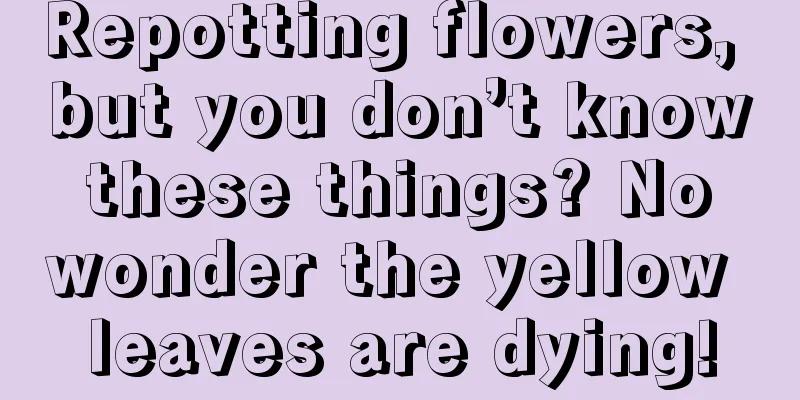What are the cultivation methods and precautions of coral sticks?

Coral Stick IntroductionCoral stick is also called French holly. It has straight branches, gray-brown bark, oblong or oblanceolate leaves, dark green on the top and light green on the back. Coral sticks bloom with small white bell-shaped flowers between March and April with a faint fragrance. The fruit changes from orange-red to red and finally to purple-black, making it very ornamental. Coral stick cultivation methodCoral sticks prefer warm, humid, sunny environments. They are slightly cold-resistant and relatively cold-resistant. They have a wide adaptability to soils and grow rapidly and vigorously in moist, fertile, well-drained neutral soils. They can also adapt to acidic or slightly alkaline soils. It is best to plant them on slightly acidic to slightly alkaline sandy loam or loam with flat terrain, deep soil, fertility, good drainage, and sufficient light. Watering methodCoral sticks like moist soil and need to be watered frequently during the growth period to keep the soil moist. During the vigorous growth period from April to May, watering can be done in small amounts and multiple times. During the rapid growth period from June to August, watering can be done thoroughly. Watering should be controlled in the later period. Except for special droughts, watering is generally not required. Fertilization methodCoral stick is a fertilizer-loving plant. When planting, you can apply decomposed organic fertilizer, or decomposed cake fertilizer, phosphate fertilizer or compound fertilizer, and apply it to the cultivated layer in combination with plowing. During the growth period, you can apply a thin layer of fertilizer water once a month to meet the growth needs of the plant. Pruning methodsThe coral tree has a strong sprouting ability and can grow into a barrel-shaped crown by itself. The lower branches are not easy to die, so pruning is generally not required. If used as a hedge, it can be pruned 2-3 times before sprouting in spring and during the growing season. Coral rod breeding precautionsCommon diseases of coral sticks are root rot, black rot, stem rot, leaf spot and angular leaf spot, which can be controlled by spraying with chlorothalonil. Common insect pests include scale insects and moths, which need to be sprayed with insecticides in time. |
>>: When is the best season to plant sugarcane?
Recommend
How to grow the Alocasia odora so that it can grow out of the pot quickly?
Crassulaceae, a succulent plant belonging to the ...
The flowers at home always have yellow leaves, and my cousin solved the problem with just one trick!
Asparagus fern lacks water and leaves turn yellow...
Video: Water the money tree and green radish like this in summer, and the leaves will be green and shiny!
Watering Video How to water the fortune tree A pr...
Does osmanthus like water? Is it a water-loving plant?
Does osmanthus like water? Osmanthus likes water ...
How to grow radish on the balcony
1. Variety selection: Choose radish varieties tha...
This flower has flowers but no leaves, or leaves but no flowers, so it is called the "flower of death"!
Lycoris is not only red 1. Laugh suddenly Lycoris...
How many ginkgo nuts can I eat a day? Will I be poisoned if I eat too much?
1. How many pills can you take per day? It is the...
How to grow the lucky tree
1. Soil When breeding, use leaf mold, river sand,...
How many times does Kalanchoe bloom in a year?
1. How many times does it bloom? Under normal cir...
How to grow colorful trachelospermum
1. Adequate lighting Ichthyophthirius wucai is a ...
Difference Between Viburnum and Clove
The height difference between Viburnum and Lilac ...
When is the best time to sow loquat?
Loquat planting time Loquat is a plant of the Ros...
The difference between snapdragon and snapdragon
1. The morphological difference between snapdrago...
How to grow pomegranate flowers in spring
1. Increase watering When watering it, you should...
Are there black spots on Jianlan leaves? Find out why and make your leaves green right away!
1. Caused by improper fertilization When it grows...









